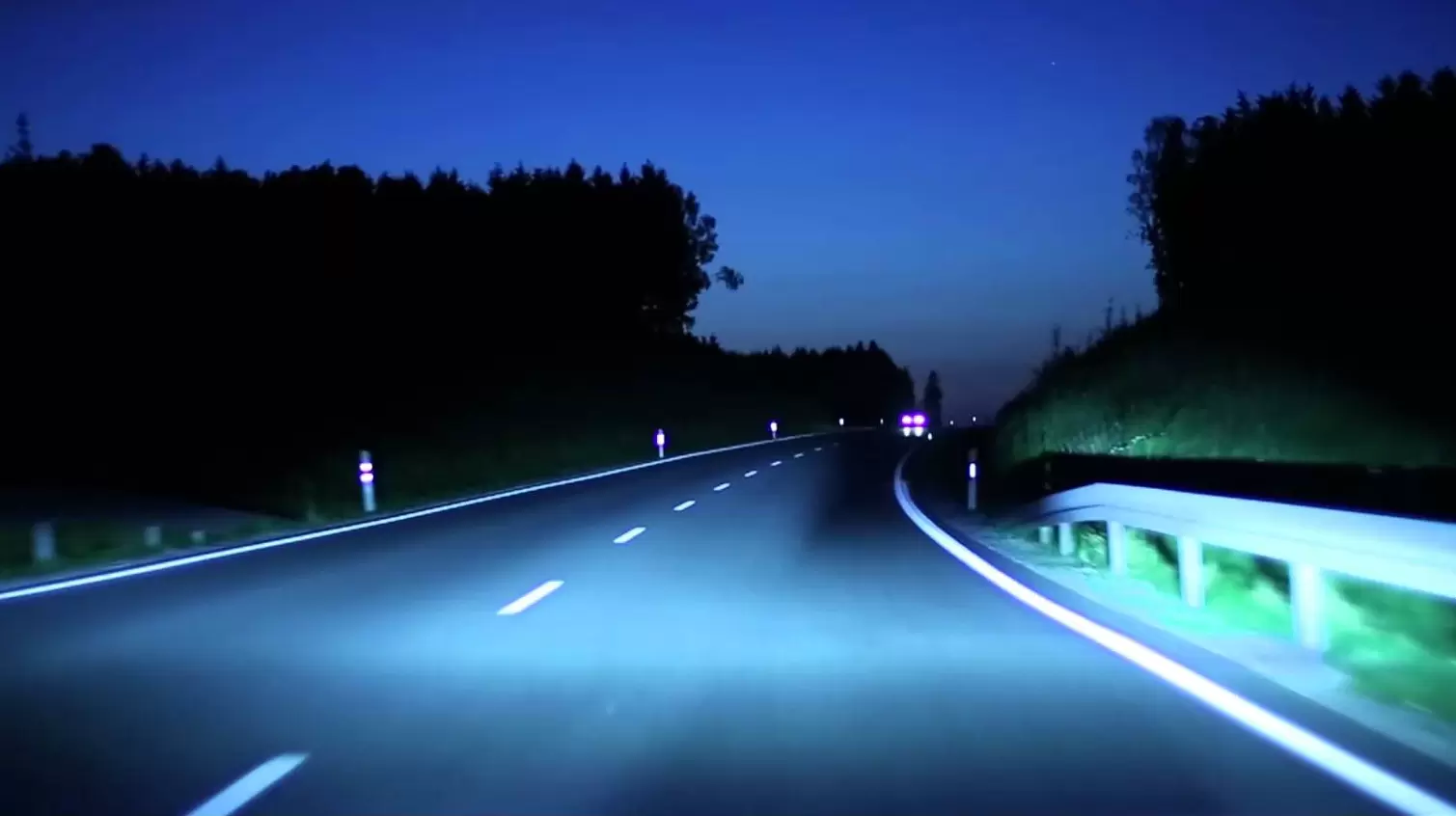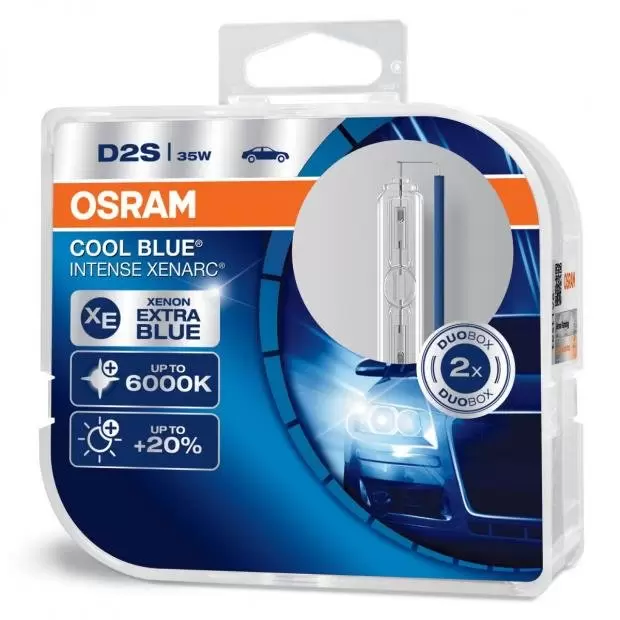Kelvin ratings explained
In science, Kelvins are a unit of measurement for temperature. The Kelvin scale was invented by Lord Kelvin in the 1800s, when he saw the need for a scale that began at absolute zero. 0 degrees Kelvin, in temperature terms, is equal to -273 degrees Celsius. However, outside of the scientific community, the Kelvin scale is very rarely used to measure temperature.
In the world of car bulbs, Kelvin ratings measure colour temperature. This refers to the colour of a light. A lower colour temperture indicates that the light is warmer, or more yellow. A higher colour temperature means that the light is cooler, or more on the blue/violet end of the spectrum. Bulbs in the middle of the colour temperature spectrum have a pure white light.
Halogen vs. xenon HID colour temperature
Colour temperature differs between halogen and HID bulbs. Halogens tend to have a lower, and therefore warmer colour temperature than HID. This is due to the xenon gas inside HID bulbs, which gives them a white/blue colour. Xenon HIDs have become known for this colour and are significantly brighter than most  halogen bulbs.
halogen bulbs.
Due to the popularity of HID, some halogen manufacturers have begun adding a blue coating to the glass of their bulbs. This raises the Kelvin rating of the bulbs to produce a whiter colour, but doesn't actually make the bulbs any brighter. In fact, the blue filter on the bulb can dull the light, making it dimmer.
Halogen bulb ratings
Halogen bulbs with a colour temperature around 3000K have a yellow colour. Standard and longlife halogens often fall in this range, as do some fog lights. Headlight bulbs with a colour temperature of 3000K work perfectly well, but they may not be as bright as bulbs with a higher Kelvin rating.
Maximum performance halogen bulbs usually have a higher colour temperature, and can range between 3400K - 4200K. These are less yellow and have more of a white colour, making them an ideal choice for upgrade headlight bulbs. However, they will still look yellower than xenon HIDs.
Halogen bulbs with a Kelvin rating of 4300K to 5000K are known as styling bulbs. They have a strong white colour that mimics the look of HIDs. However, these are typically not road legal. By adding the blue tint to halogens, the light from the bulb is dimmed. This renders them unsuitable for on-road use.
Shop styling halogen bulbs here.
Xenon HID bulb ratings
HID bulbs tend to have a higher Kelvin rating. Even standard xenon HIDs have a colour temperature of around 4000K. They produce brighter, white light in comparison to a standard halogen. Xenon HID bulbs will also be brighter than a halogen, even if they have the same colour temperature. Halogen bulbs, at 4100K, could have the same colour as a HID bulb, but the halogen doesn't have the technology to create the same brightness.
Maximum performance HIDs have an even higher Kelvin rating than standard xenon HID bulbs. Ranging from around 4300K - 5500K, these are extremely white. Although halogen bulbs in this colour temperature range are not road legal, HID bulbs can achieve this Kelvin rating without sacrificing brightness.
To get an even whiter/bluer colour, you can also look at HID styling bulbs. These typically have a Kelvin rating of 5000K to 6000K, making them very white with a slight blue tint. Even with such high colour temperatures, most of these bulbs are still road legal.
Shop styling xenon HID bulbs here.
















.png)














 Close
Close